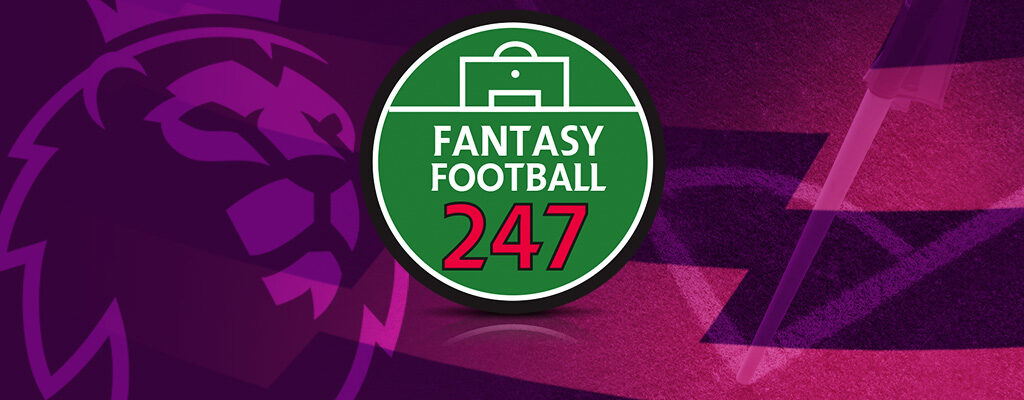How to Pick the Right Goalkeeper Gloves
Shot-stopping. Reflexes. Agility. Presence. Communication. There’s a lot that goes into being a good goalkeeper. However, it’s not all skills and talent. You also need to have the right equipment for the job – like a good pair of goalkeeper gloves. But with so many options out there, picking the perfect gloves isn’t easy, especially for young or inexperienced keepers.
Read on for some tips on how to find the right goalkeeping gloves.
Not All Gloves Are Made Equal
A common misconception among younger keepers is that all goalie gloves are more or less the same. That’s simply not true. Goalkeeper gloves can differ massively in many aspects, like cut, style, comfort, shape, protection, and durability.
Some are specially designed to give the keeper more control or grip. Others are crafted with protection as the primary concern, helping to reduce the risk of finger or wrist injuries.
In short, there are a lot of different types of goalkeeping gloves out there. So don’t make the mistake of assuming they’re all identical, and don’t rush in and buy the first pair you find. Take your time, do your research, and compare options to find the perfect fit.
What to Look for in Goalkeeper Gloves
Let’s say that you’re shopping for a new set of goalie gloves. You might be wondering what features or factors you need to focus on. Here’s a list of the main aspects to keep in mind.
Cut
Cut refers to how the palms of the gloves are constructed. There are four main cut types to be aware of:
- Negative: Made up of a single piece of latex that stretches from the palm to the backhand. This provides a snug fit, ideal for those with slim fingers and small hands.
- Flat: Also known as traditional or regular cut. This one is a little looser than the negative cut, providing a little extra movement. It’s the go-to option for a lot of keepers.
- Rolled: Also known as the gun barrel cut. This one features rolled finger construction, with a tighter fit around the fingers for extra control and more surface area in contact with the ball.
- Hybrid: A mixture of the other three cuts. Hybrid gloves can vary in terms of comfort, tightness, and fit. If none of the other cuts feel quite right, a hybrid might be what you need.
Finger Protection
Finger injuries are immensely common among goalkeepers. Fortunately, a lot of goalkeeper gloves are designed with built-in protection to safeguard your fingers and minimise the risk of injuries.
When it comes to finger protection, you’ve basically got two options: with or without. Gloves with finger protection are great for goalies who are at higher-than-average risk of injuries. They’re also strongly recommended for young keepers who still need to master various aspects of keeping, like saving and handling the ball.
Older and more skilled keepers may, however, elect to wear gloves without finger protection. The main advantage of this is that protective finger spines can be a little stiff. Gloves without finger protection tend to be more flexible, which can give you greater ball control.
Palm
The palm of your gloves is the part that touches the ball most. Strong and well-made glove palms provide the grip you need to both catch and hold onto the ball. They help with saves and distribution.
There are various palm types available, including smooth and textured variants. Palms may also vary in terms of thickness and cushioning. Extra thick and cushioned palms provide comfort and wrist protection, but less control. Thinner palms with highly textured surfaces give you extra grip and control.
Backhand
The backhand (rear section) of goalie gloves impacts your punching ability. Good quality backhands tend to be cushioned in order to absorb the impact of hitting the ball, protecting your fingers while still letting you punch a good distance.
Again, there are various options in terms of material, thickness, breathability, etc. Thinner and more flexible materials, like neoprene, allow for more natural movements. Meanwhile, those who want stronger punches may prefer latex or silicon elements built into the backhand.
Closure
Last but not least, consider the closure of your gloves. They typically close either with the aid of Velcro straps or simple elastic cuffs. Usually, this is simply a matter of personal preference. Some goalies like the flexibility of Velcro straps to adjust the tightness of their gloves, others prefer slipping gloves on and off with elastic closures.
Pick the Right Gloves for Your Age and Ability
As you can see, there’s a lot that goes into picking a pair of goalkeeping gloves. It’s vital to choose a pair that feels just right for you, with optimal cut, protection, comfort, and control. Experiment with different pairs to find your favourites, and speak with goalie glove experts for advice and guidance.
